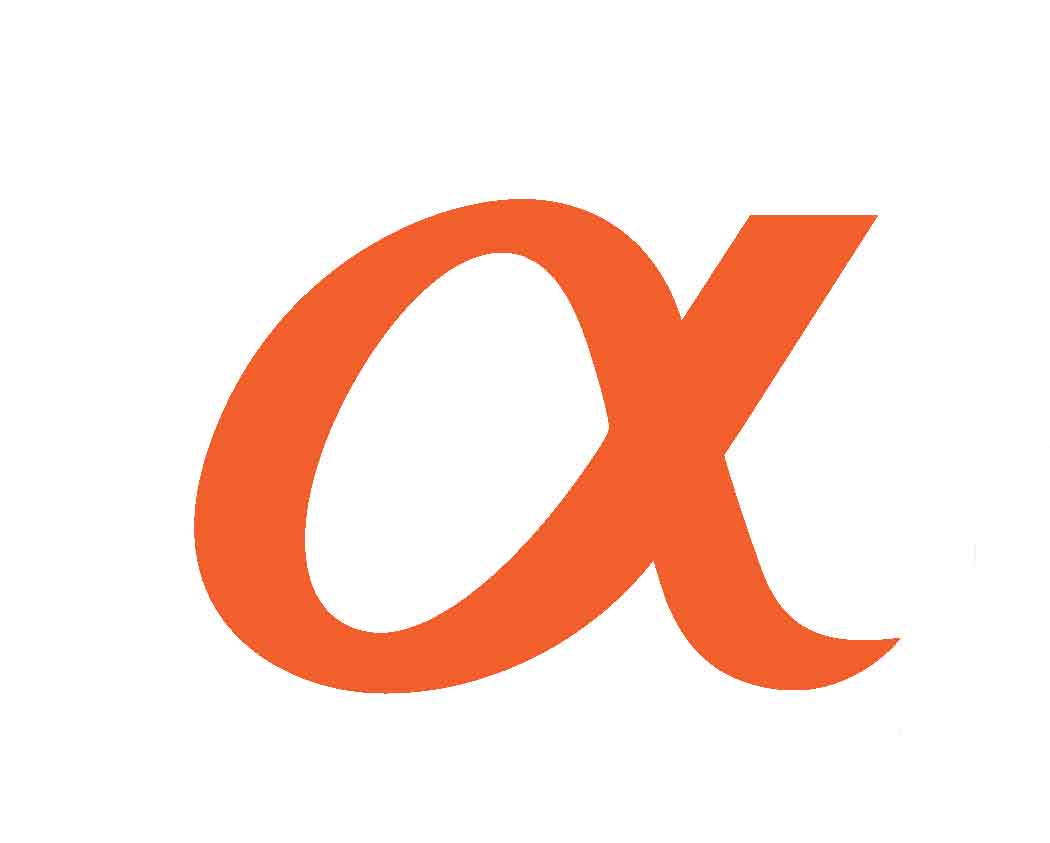As you can see in this example, the fund’s alpha is a positive 5.55%. This means that given its risk level (as measured by its beta), the fund performed much better than expected. Intuitively this example makes sense since the fund did outperform the market by 6% (14% vs. 8% for the market), and its risk level was only a little higher than the index itself (1.15 vs. 1.00).
Morningstar uses a different formula to calculate alpha. According to Morningstar, alpha is calculated by “subtracting the 90-day Treasury bill return from the fund’s return. From that, subtract the fund’s expected return based on its beta. What’s left over is the alpha.” Using the example above and applying Morningstar’s formula, the fund’s alpha would be -0.2%, a negative number that is not intuitive (and does not make sense) given the fact the fund outperformed the market by several percentage points. The Morningstar calculation is as follows:
Step #1: 14% – 5% = 9%
Step #2: 9% – (8% x 1.15 or 9.2%) = -0.2%
IBF recommends using the correct formula for alpha, as shown previously; the formula is consistent with what is found in graduate level financial textbooks. The regression analysis used to compute alpha is typically based on 36–60 months of data. The (correct) formula above can also be expressed in an abbreviated form:
annual fund return – [fund beta x benchmark return]
Negatives to Using Alpha
Perhaps a fairer way to compute alpha would be to add back a reasonable expense ratio (something in the 1.0% range) to the fund’s return. This seems only fair since a fund’s expected returns should actually be less than its benchmark, given the same risk level as the index. A fund’s expected returns should be less than its benchmark because an index has no expense ratio, does not factor in trading costs when securities are bought or sold, and does not provide shareholder services. This “fairer way” would be used when comparing a fund or ETF against its peer group.
A potential shortcoming of alpha is it may not reflect management skill in selecting securities. Instead, a low alpha might simply mean the
fund has high expenses—something largely beyond the control of the people selecting fund securities.
A second flaw with alpha is that a positive or negative number could be the result of good or bad luck. By reviewing a fund’s alpha over several periods, the impact of luck becomes less and less. Remember, alpha is considered a valid measurement only if the portfolio has a high or very high R-squared number (75–100).


